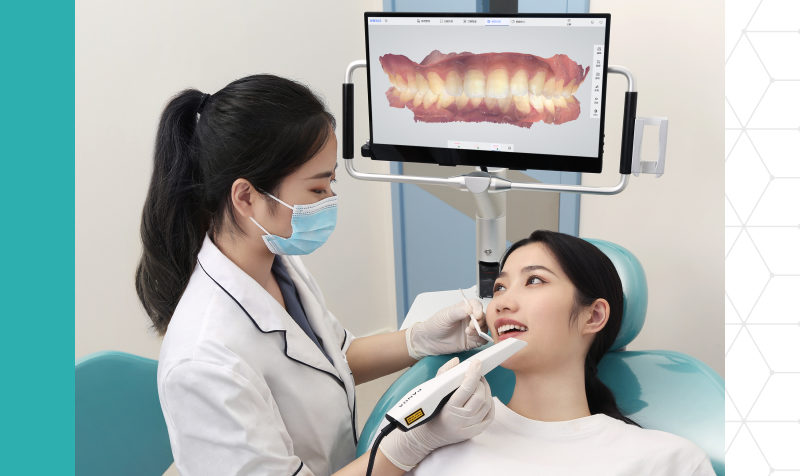An intraoral scanner has vastly improved the field of dentistry. This innovative device captures optical impressions and can wonderfully enhance the dental health care experience. It has different uses, including assisting in building implants and more. With its growth in the market and a quick adoption rate, laboratories and dental professionals are discovering the added value of the use of this 3D digital impression technology. Check out how a China intraoral scanner can be so helpful.

Digital Accuracy and Less Manual Errors
With the elimination of analog impressions, dentists are able to eliminate what different laboratories suggest is their biggest source of error – the patient’s dental impression. Today, a lot more clinicians are adopting this alternative approach. They find it much easier to work with digital impressions and can produce more accurate results.
Saves Time
Numerous studies have suggested that these devices save dentists’ time. One needs to compare the digital workflow for aesthetic restorations with its analog counterpart. When it comes to scanning a patient digitally, it only takes 5-10 minutes. A digital impression system requires no impression material. Further, dentists do not have to wait for the PVS to dry, and there is no mess involved. Thus, there is an obvious difference in the workflow and the oral health experts get more time to see more patients.
Economical Option that Needs Less Storage Space
When clinics opt for intraoral scanners, they can avoid the plaster models, alginate, or PVS. First, they scan their patients’ buccal cavities with this device to get an initial model of their teeth and then start the treatment. This approach helps save storage space since the clinic need not store any physical impression of the teeth. Moreover, there will be low costs involved as they do not have to ship the impression materials.
Easier Diagnosis and Treatment
Dentists can use a China intraoral scanner for better diagnosis and treatment plan execution. They can try and practice oral processes virtually before proceeding with an irreversible dental procedure. Moreover, they can move around the teeth and simulate dental extractions. Also, a patient can obtain a visual depiction beforehand of how their teeth could appear after the treatment.
Easy Designing of Splints
Patients must have healthy and stable temporomandibular joints before, during, and after the orthodontic treatment. Through digital dentistry, dentists can detect problems even before braces are created and attached to the patient’s teeth. They can then design and print splints in 3D. The process is similar to the creation of indirect bonding trays.
Happier Patients
Patient comfort is essential. Scans offer a faster, tolerable, and much more comfortable approach than the conventional use of impressions. Patients will not experience gag reflexes or get unpleasant odor or taste that are usually related to physical impressions. A lot of children complain about these and hence, hesitate to visit a dental expert. Further, patients will not worry about feeling suffocated. All these make patients more comfortable and improve their experience.
Conclusion
To sum it up, the digital impression system is fast, easy-to-operate, convenient, and more accurate. It facilitates greater precision and less error. Get the best intraoral scanners for the most brilliant dentistry outcomes.






